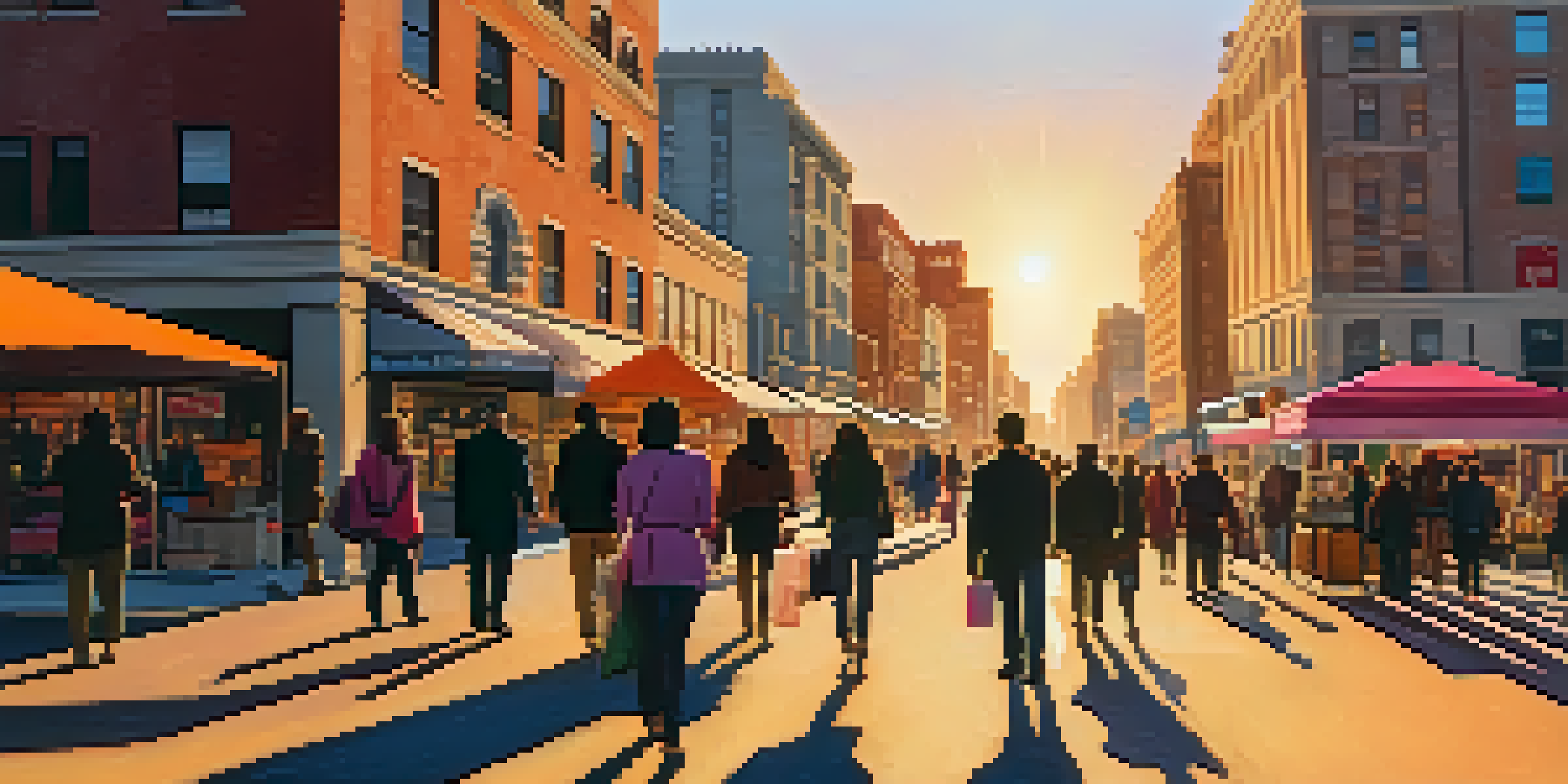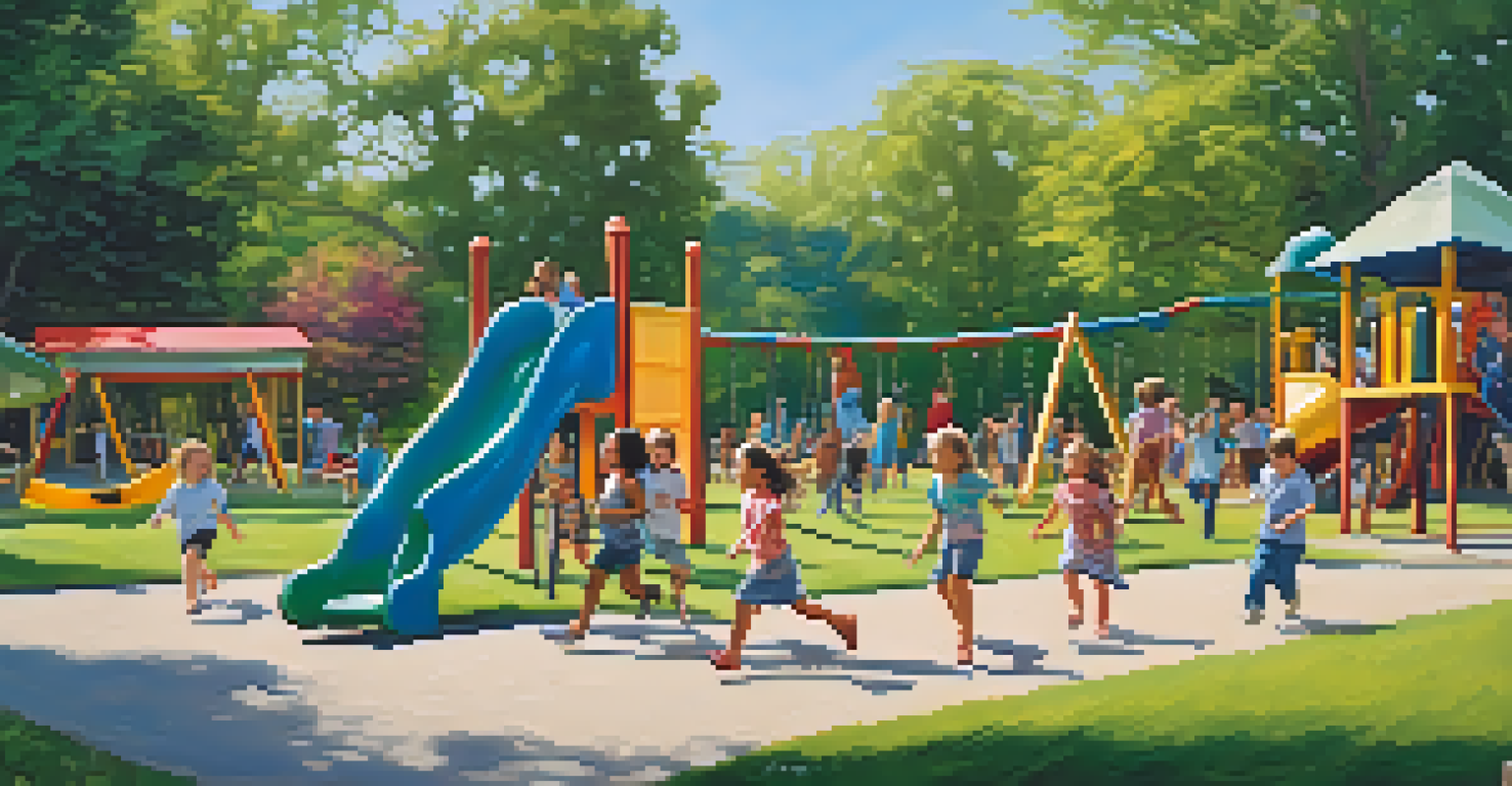Documentary vs. Street Photography: Understanding the Differences

Defining Documentary Photography and Its Purpose
Documentary photography is all about storytelling through images. It aims to capture real-life events, social issues, or cultural contexts, often with the intent of raising awareness or provoking thought. This genre is like a visual essay, where each photograph contributes to a larger narrative.
Photography is the story I fail to put into words.
The purpose of documentary photography is to document reality in a way that informs and educates viewers. Think of it as a photojournalistic approach that captures moments that highlight the human experience, such as war, poverty, or community life. These images often evoke emotions and encourage viewers to engage with the stories behind them.
Photographers in this genre often spend significant time researching and immersing themselves in their subjects to convey authenticity. This commitment to truth and context is what sets documentary photography apart, making it a powerful medium for social change.
Exploring Street Photography and Its Characteristics
Street photography, on the other hand, thrives on spontaneity and the unpredictability of everyday life. This genre captures fleeting moments in public spaces, showcasing the beauty and chaos of urban environments. It's like a visual diary of life as it happens around us, often without a specific agenda.

The primary goal of street photography is to document the human condition, not necessarily to tell a specific story. Photographers often focus on the interaction between people and their surroundings, highlighting emotions, expressions, and the dynamics of urban life. It's more about capturing the essence of a moment rather than conveying a deeper narrative.
Documentary Photography's Purpose
Documentary photography aims to inform and educate viewers by capturing real-life events and social issues.
Unlike documentary photography, street photography can be more subjective and interpretative. The photographer's personal vision plays a significant role, allowing for creative expression through composition, light, and timing. This makes street photography an exciting and dynamic artistic pursuit.
Key Differences in Intent and Approach
One of the most significant differences between documentary and street photography is their intent. Documentary photography often has a clear purpose, such as raising awareness about social issues or documenting historical events. In contrast, street photography is more about capturing the spontaneity of life as it happens, often without a specific message in mind.
A good photograph is knowing where to stand.
Another difference lies in the approach and methodology of the photographers. Documentary photographers usually spend considerable time with their subjects, developing relationships and understanding the context to tell a more profound story. Street photographers, however, often shoot more candidly, capturing moments without interacting with their subjects.
This distinction in intent and approach creates different emotional responses in viewers. Documentary photography can evoke a sense of urgency or empathy, while street photography can inspire nostalgia or appreciation for the beauty of everyday life.
The Role of Composition in Both Genres
Composition plays a crucial role in both documentary and street photography, but the focus can differ. In documentary photography, composition often aims to enhance the narrative, guiding the viewer's eye to the essential elements of the story. Thoughtful framing and context are vital in conveying the intended message.
On the flip side, street photography relies heavily on composition to create striking images that capture attention. Photographers often play with light, shadows, and angles to create dynamic compositions that reflect the spontaneity of life. The goal is to create visually engaging images that evoke curiosity without necessarily following a strict narrative.
Street Photography's Spontaneity
Street photography focuses on the spontaneous moments of everyday life, capturing the essence of human experiences without a specific agenda.
Ultimately, both genres require a keen eye for detail and an understanding of visual storytelling. Whether it's capturing a powerful moment in a documentary or a fleeting expression on the street, composition is key to creating impactful images.
Emotional Impact: Documentary vs. Street Photography
The emotional impact of documentary photography can be profound, often leaving viewers with a sense of urgency or a call to action. By highlighting social issues or personal stories, these photographs can evoke empathy and provoke discussions about critical themes. The intention is to engage viewers on a deeper level.
In contrast, street photography often elicits different emotions, such as nostalgia, joy, or surprise. The beauty of street photography lies in its ability to capture everyday moments that resonate with viewers. These images can remind us of our shared human experiences, evoking feelings of connection to others, even strangers.
Both genres have the power to move us, but they do so in distinct ways. While documentary photography may challenge us to reflect on societal issues, street photography invites us to appreciate the beauty of the mundane and the unexpected.
The Importance of Context in Documentary Photography
Context is vital in documentary photography, as it helps frame the narrative and provides depth to the images. Understanding the background of a subject or event enriches the viewer's experience, allowing them to grasp the complexities of the story being told. This emphasis on context is what often makes documentary photography so compelling.
Photographers often conduct extensive research and engage with their subjects to capture the essence of the story. They may immerse themselves in a community or situation to understand the nuances that shape the narrative. This dedication to context creates a more powerful connection between the images and the viewer.
Emotional Impact of Both Genres
While documentary photography evokes urgency and empathy, street photography inspires nostalgia and appreciation for everyday beauty.
In contrast, street photography usually lacks this depth of context. While the images can still be powerful, they often stand alone as spontaneous captures of life without the need for extensive background information. This difference highlights the distinct storytelling methods employed in each genre.
Blurring the Lines: When Genres Overlap
Despite their differences, there's often an overlap between documentary and street photography. Many photographers find themselves blending elements from both genres, capturing the spontaneity of street life while also telling a broader story. This fusion can create compelling images that resonate on multiple levels.
For example, a street photographer might capture a candid moment that inadvertently highlights a social issue, thus creating a documentary-style image. Similarly, documentary photographers might incorporate street photography techniques to create dynamic compositions that engage viewers more effectively.

This blending of genres allows for greater creativity and exploration within photography. It encourages photographers to think outside the box and challenge traditional boundaries, ultimately enriching their work and storytelling capabilities.